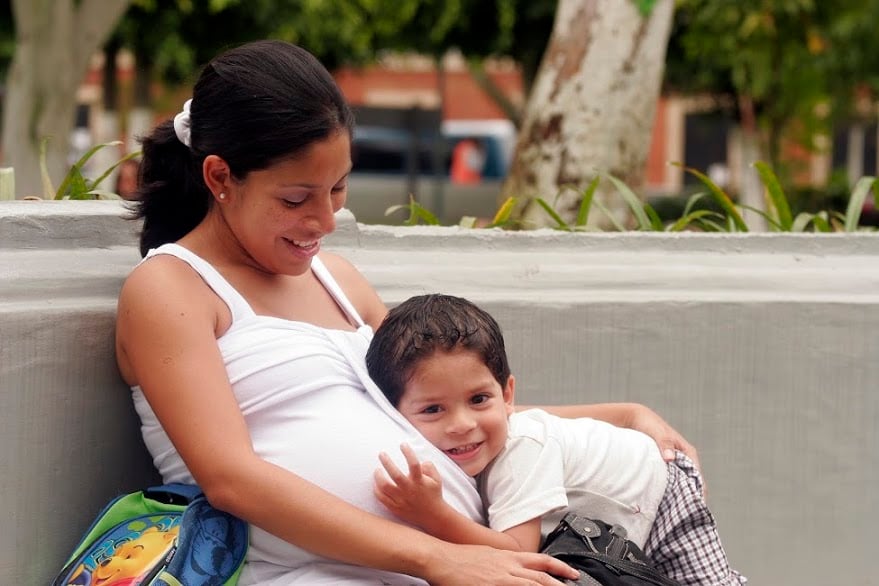
The MDG 5 on maternal health is among the MDGs that are unlikely to be achieved in many countries in the region by 2015. Furthermore, it is important to note that MDG 5B was formulated and adopted in 2006: achieve universal access to reproductive health by 2015, which should be monitored by four indicators: a) contraceptive prevalence rate, b) adolescent birth rate, c) prenatal care coverage, d) unmet need for family planning. Below are the current values available for these indicators.
According to the UNFPA's State of World Population 2012 Report, the adolescent fertility rate for ages 15-19 is 79. In Latin America, Cuba exhibits the lowest value (51) and Nicaragua the highest (109), according to the same source. As for the Caribbean, excluding Spanish-speaking countries, Trinidad and Tobago has the lowest rate (33), and Guyana the highest (97). Regarding prenatal care coverage, the introduction mentioned an average of 97%, but data is not available for all countries. Coverage ranges from 100% in Cuba, Dominica and St. Kitts to 86% in Bolivia.
According to ECLAC's 2013 Report on Implementation of the ICPD, “effective access to family planning methods has a strong negative correlation with unmet demand; in fact, countries with lower demand reach a prevalence of use of contraceptive methods that ranges from 72.3% to 81% (El Salvador and Brazil, respectively), while the contraceptive prevalence rate in countries with higher levels of demand ranges from 32% in Haiti to 65% in Honduras. Thus, countries such as Argentina, Chile, Costa Rica, Cuba and Uruguay could achieve the goal of unmet demand as they have high rates of prevalence in the use of contraceptive methods (although the measurements are fragmented, Cuba, for example, reported a prevalence of 72.6% by 2005, and Costa Rica 82.2% by 2010).” The report notes that modern contraceptive use has increased steadily, although significant differences are seen between countries.


